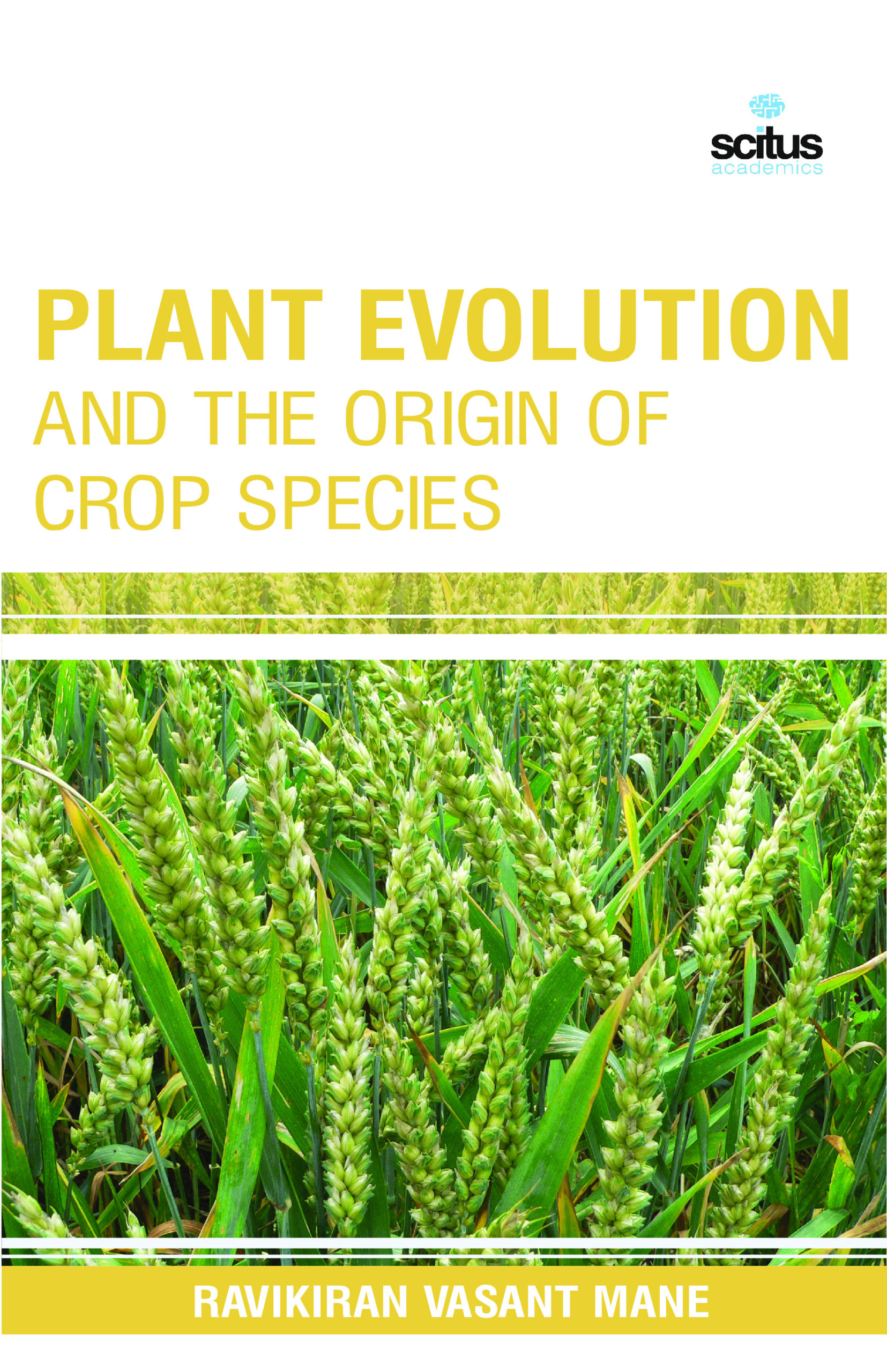Evolution is the force that shapes our living world. Countless different kinds of plants and animals pack the earth and each species is itself composed of a wide range of morphologies and adaptations. These species are continually being modified as they face the realities of their particular environments. In its simplest sense, evolution can be defined as a change in gene frequency over time. Genetic variability is produced by mutation and then that variability is shuffled and sorted by the various evolutionary forces. It does not matter whether the species are cultivated or wild, the basic evolutionary processes are the same. The way in which organisms evolve is dependent on their genetic characteristics and the type of environment they must face. A broad spectrum of evolutionary forces act to alter species including migration, selection and random chance. Over the last couple of decades, plant evolutionists have been using several classes of biochemical compounds to further assess levels of genetic variability and calculate evolutionary relationships. Alkaloids and flavonoids have achieved some popularity, but gel electrophoresis of enzymes has become the predominant mode of biochemical analysis. This technique takes advantage of the fact that proteins with different amino acid sequences often have different changes and physical conformations, and they migrate at different rates through a charged gel matrix. The major advantage of this type of analysis is that many loci and individuals can be measured simultaneously and most alleles are codominant so that heterozygotes can be identified.













